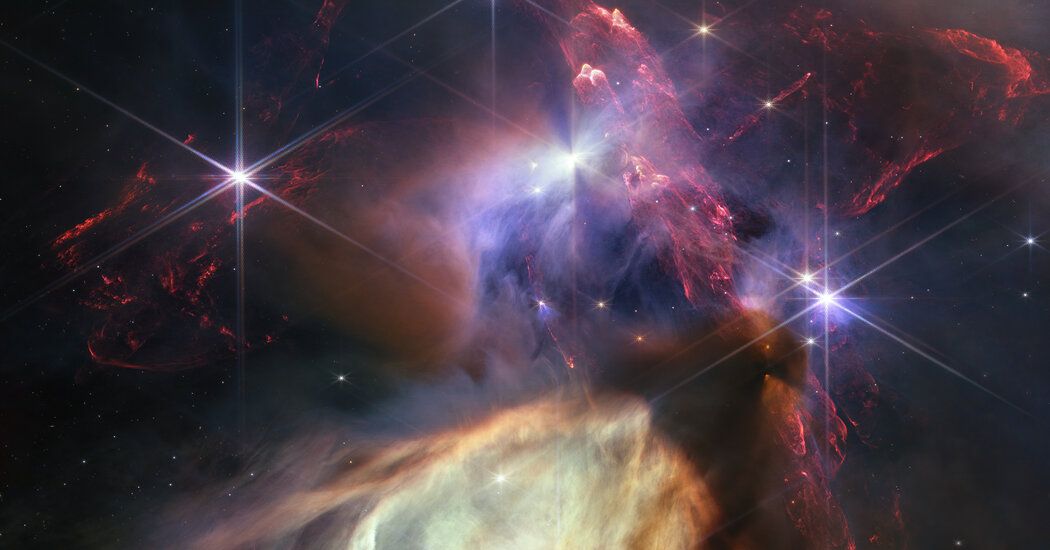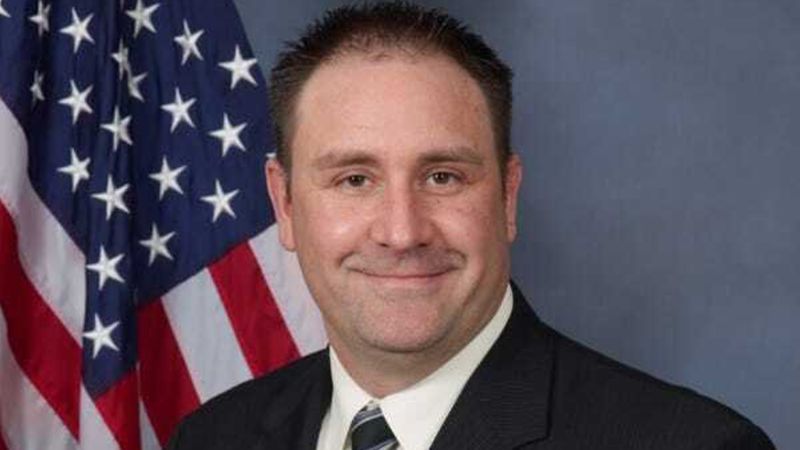A Year of Cosmic Wonder With the James Webb Space Telescope
The awe the image inspires is comparable to how researchers feel about the Webb’s first year of science.
“As an astronomer that lives and breathes this mission, I’m having to work really hard to keep up — there are so many discoveries,” said Jane Rigby, the senior project scientist for the telescope at NASA’s Goddard Space Flight Center. She finds it fitting that the customary gift for one-year anniversaries is paper, because that’s exactly what researchers using the telescope have been churning out for the past year: scientific papers.
The observatory launched on Christmas in 2021, and scientists spent the next six months prepping the telescope for action: unfolding its sun shield and the honeycomb-like array of golden mirrors, then running tests of the four instruments used to observe the cosmos. When it was ready, the Webb embarked on its journey to peer into the depths of the universe.
The telescope’s agenda has been jam-packed ever since. It has checked out asteroids, quasars, exoplanets and other cosmic phenomena galore. For Dr. Rigby, one of the most gratifying accomplishments of this past year is the way the mission has delivered on its promise to reveal the earliest moments of cosmic time.
“That was the elevator pitch: We’re going to show you the baby pictures of the universe,” she said.
Indeed it has. Before JWST, astronomers knew of only a small handful of candidate galaxies that existed in the first billion years after the Big Bang. Within the past year, hundreds of them — bigger and brighter than expected, packed with forming stars swirling around supermassive black holes — have been confirmed.
Source: The New York Times


